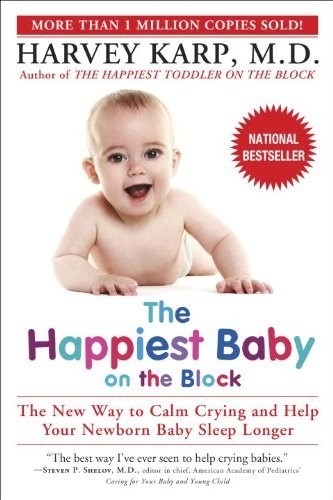Author of best-sellers Happiest Baby on the Block & Happiest Toddler on the Block and creator of SNOO, the safe baby bed
LOS ANGELES, Oct. 26, 2022 /PRNewswire/ — The beginning and end of daylight saving time can cause sleep problems for parents and children alike. Twice a year we disrupt the normal day/night (Circadian) rhythm which can lead to sudden sleep problems, so Dr. Karp offers hints and tips on How to Transition Your Child’s Sleep Schedule for Daylight Saving Time.
Anything that disrupts the normal day/night (Circadian) rhythm can lead to sudden sleep problems…that includes moving the clocks for daylight saving time. Babies and toddlers are already prone to sleep ups and downs, so it’s kind of disruptive that twice a year we upset their sleep (as well as their poor parents’ sleep) when we spring forward or fall back for daylight saving time. Fortunately, a little preparation can really help to navigate this challenge!
Get a head start on daylight saving time.
One way to make daylight saving time a little easier is to gradually shift your child’s bedtime over the few days before the day the clock changes. While adults may easily adjust to adding or losing an hour, kids do best when we nudge their schedules in baby steps.
Gradually shift your dinnertime and bedtime routines.
Here’s how it works: Every evening—for the four days before daylight saving time—shift dinner and bedtime 15 later. (Four days tends to work well, but depending on your baby or toddler’s temperament, your child might only need two days.)
For example, if your child’s bedtime is normally at 8pm, four days before daylight saving time, push it back 15 minutes to 8:15pm. Then, two days before daylight saving time, move it 15 minutes later to 8:30pm. The day of daylight saving time (Saturday), bedtime will be at 8:45pm. Sunday night, after you turn the clocks back, your kiddo will be back to the usual 8pm bedtime. And of course, as you’re delaying bedtime by 15 minutes, you’ll also want to schedule dinnertime for a little later, as well.
Stick to your go-to sleep cues.
Already having a bedtime routine in place—with strong, well practiced sleep cues—will make this transition much easier! Every step in your bedtime routine—from brushing teeth, to reading books, doing “Bedtime Sweet-Talk,” to pressing “play” on some low, rumbly white noise—can help cue your child’s brain that it’s time for beddy-bye. Dimming your room lights by 50 to 75% an hour before bedtime (that includes turning off screens or putting a blue light filter on them!) also helps release melatonin (aka the blessed sleep hormone) to prep your little one’s brain for sleep.
While daylight saving time—and the sleep struggles it can bring—is something many parents dread, with a little bit of planning, the whole family can get the precious ZZZ’s they need!
Media Contact:
Maury Rogoff
9178657530
347420@email4pr.com
SOURCE Dr. Harvey Karp



